From the Cavalry to the Altay Tank, from Okt to Tayfun, from the Şahi cannon to the Fırtına, from the NUD 36 to the national combat aircraft KAAN... The adventure of Turkish defense

AYDIN HASAN/ANKARA - The foundation of the Turkish defense industry dates back to the rise of the Ottoman Empire. During this period, the most important warfare equipment of the era, such as cannons and warships, were produced entirely with domestic resources. The Imperial Tophane (Tophane-i Hümayun) formed the foundation of the Imperial arms industry, reaching a production capacity of 1,060 cannons at a time and 360 kg of gunpowder per month. Furthermore, warship production capacity and technological advancement were far ahead of European countries. The Şahi cannons, which played a significant role in the conquest of Istanbul, also provide insight into the sophistication of the military industry during this period compared to Europe. The fact that the navy, completely destroyed in the Battle of Lepanto, was rebuilt to 200 ships in a five-month period demonstrates the scale of the production capacity of Ottoman shipyards.
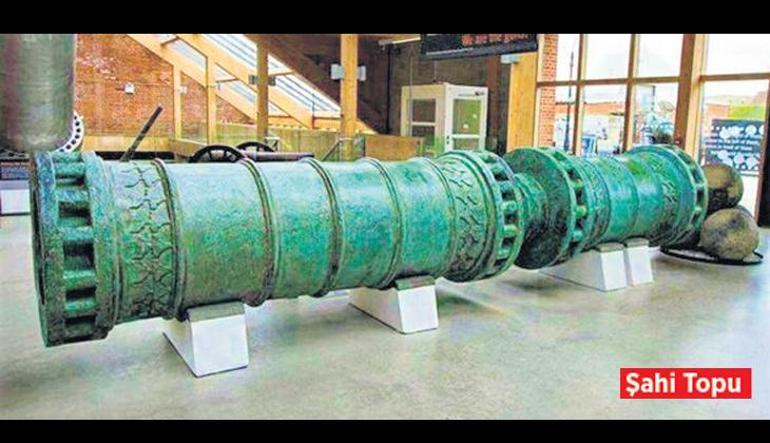
Heroes of the Military Manufacture
The Republic of Turkey was founded on October 29, 1923, following an epic struggle for independence that began on May 19, 1919. The spiritual foundations of the defense industry of which we are so proud were laid in the Süvari Barracks buildings during the days of the War of Independence, on the land where the Mechanical and Chemical Industry Corporation stands today, in the heart of the steppe in Ankara. When the Assembly convened in Ankara on April 23, 1920, and the War of Independence took on an institutional character, those who set out for the headquarters of the liberation included not only heroic officers, telegraph operators, and journalists from many professions, but also the heroic masters and workers of the Harbiye (Military Workshop).
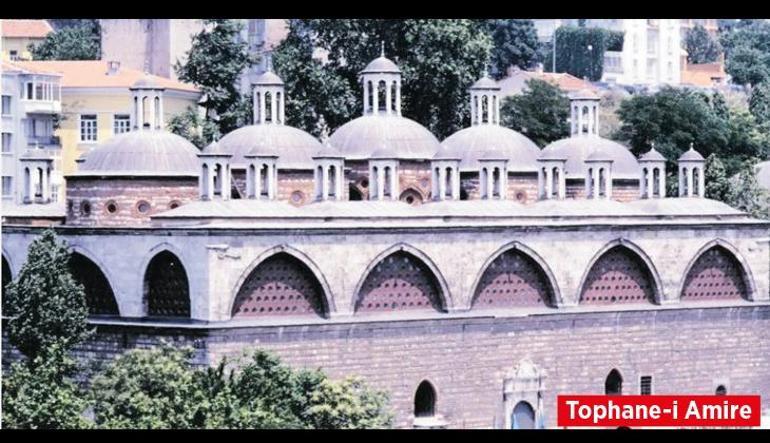
Aircraft factory established
The foundations of the modern defense industry were laid in 1921, while the War of Independence was still ongoing, with the establishment of the General Directorate of Military Factories. Small arms and cannon repair workshops and cartridge factories were established in Ankara, and Gölcük Shipyard for the maintenance of the battleship Yavuz was established in 1924. The foundations of Turkey's first and largest privately owned defense industry factory were laid in 1925 by Şakir Zümre on the Golden Horn in Istanbul. Turkish aviation industry activities began in 1926 with the establishment of Aircraft and Engine Türk Inc. (TamTAŞ). In the 1930s, the Nuri Killigil facilities (Gun, Mortar, and Ammunition Production Facilities) in Istanbul became one of the important enterprises of the period. In 1940, the Nuri Demirağ Aircraft Factory manufactured 24 NUD-36 training aircraft, and in 1944, the NUD-38 six-passenger passenger aircraft was produced. The Turkish Aeronautical Association established an aircraft factory in Ankara in 1941. The first aircraft engine factory was established in 1945. These initial and significant advances were not developed in the post-World War II period.
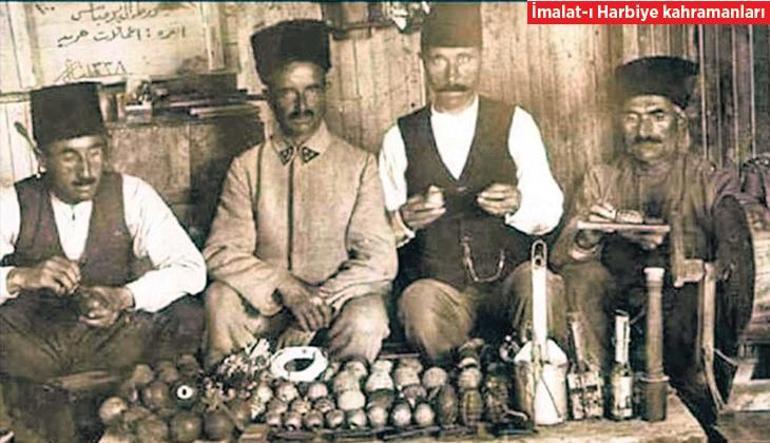
Grants stalled development
The grants and aid provided by the United Kingdom and the United States (US) during and after World War II, and the military aid that increased with Türkiye's entry into the North Atlantic Treaty Organization (NATO), halted the development of the defense industry, which was still in its infancy.
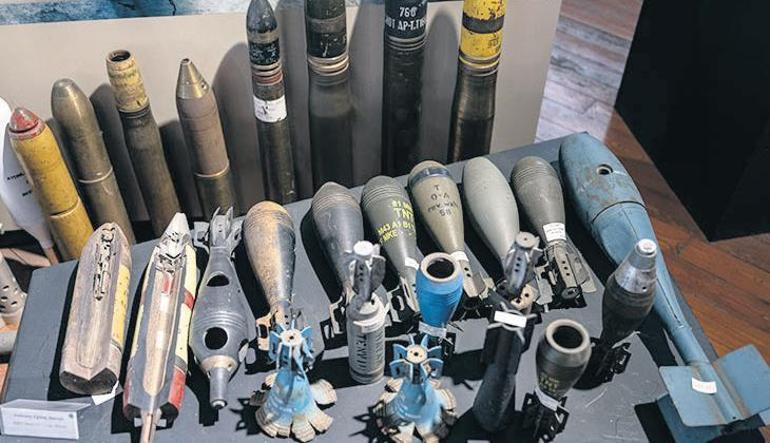
65 percent share in UAV
The Turkish defense industry holds a 65 % share of the global UAV market. 1,600 Turkish companies export in the defense industry. The US was the country with the highest exports of defense products in 2024.
Sold to 185 countries
The Turkish defense industry has exported 230 types of products to 185 countries in different geographies around the world in the last 10 years.
11th in the world
Türkiye ranks 11th among arms exporting countries, with the United States ranking first.
The aircraft engine was started
The Presidency of Defense Industries' 2024 Activity Report included eight pages of titles for projects launched in 2024 that had reached critical milestones. In his presentation of the report, President of Defense Industries Professor Haluk Görgün stated, "Türkiye's first nationally developed Turbofan Aircraft Engine, the TF6000, has been successfully launched."
UAV power
Türkiye ranks third in UAV and UCAV production and technology, after the US and China. The Turkish military is the second most effective UCAV utilization force in the world, after the US.
A defense army of 100,000 people
The number of employees in the constantly developing Turkish defense industry has surpassed 100,000. The number of employees has surpassed that of some EU member states, such as Austria, Bulgaria, and Portugal.
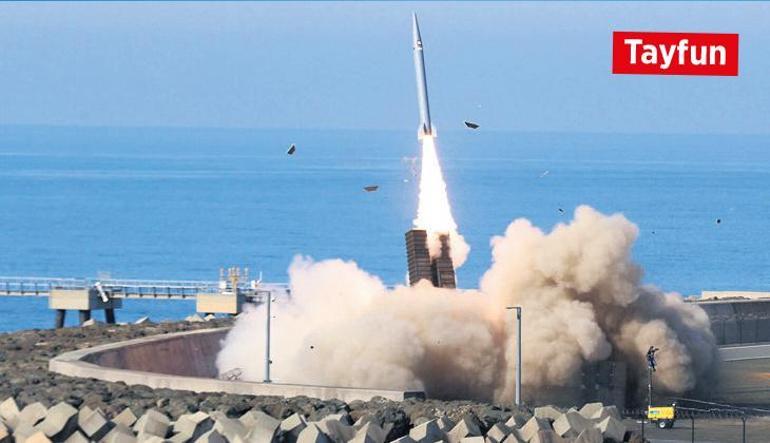
Allies launch 'delaying war'
In the years following 1975, embargoes imposed on Türkiye, particularly by allied Western countries, continued, either overtly or covertly. Sometimes, the embargo was maintained through stalling tactics, either undeclared or indirectly. Military officials refer to this as a "delaying war." The US removed Türkiye from the F-35 program in 2019. Furthermore, the Presidency of Defense Industries was also placed under CAATSA sanctions. In other words, Türkiye's defense sector was openly targeted by the US. However, these overt and covert embargoes failed to halt the rise of the Turkish defense industry.
Following the problems caused by the US and Israel regarding the GNAT and Heron unmanned aerial vehicles it intended to use in the fight against terrorism in the 1990s, Turkey would achieve global success in the field of UAVs and UCAVs. Following the hardships and lessons learned during these challenging times, Turkey achieved a success story that extends to the production of the Typhoon, a powerful storm for defensive and offensive missiles.
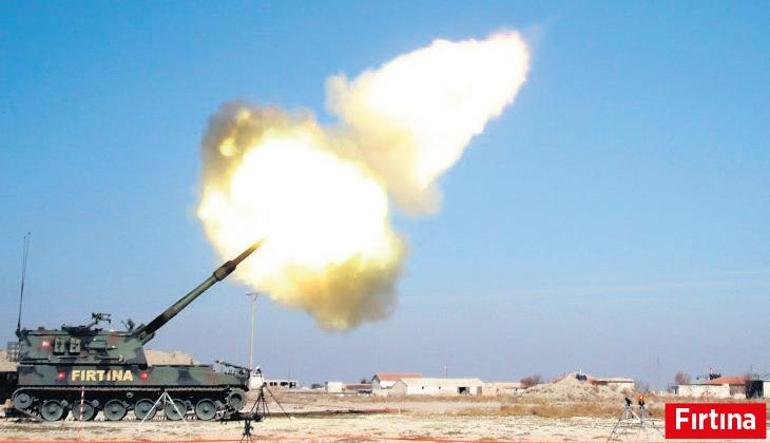
Breakthrough period
Starting in 2010, the defense industry entered a period of breakthroughs based on national production, reducing dependence on foreign sources. During this period, projects such as the MİLGEM Corvette, Altay Tank, Atak Attack Helicopter, Anka and Bayraktar Unmanned Aerial Vehicles, Hürkuş Training Aircraft, Göktürk-1 Surveillance Satellite, New Type Patrol Boats, Fast Intervention Boats, National Infantry Rifle, Mine-Resistant Vehicles, and Air Defense and Missile Systems were developed.
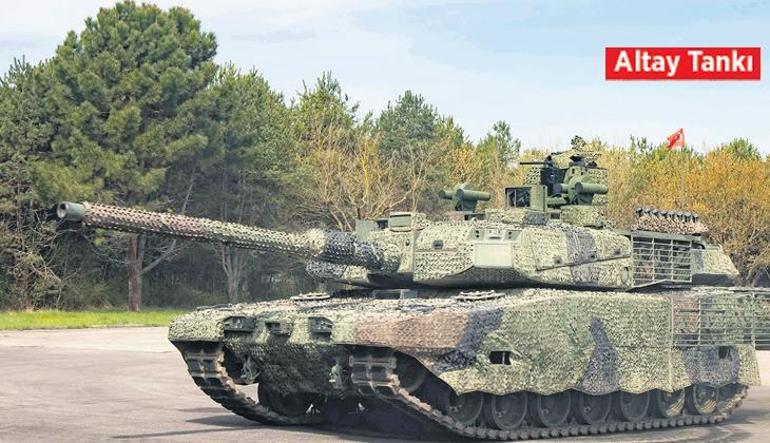
Lessons learned from the US embargo
Türkiye, which launched the Cyprus Peace Operation in 1974 to ensure the safety of the Turkish people living on the island, was embargoed in 1975 by its ally, the United States. The embargo would last three years. This was a painful lesson for Turkey. ASELSAN, one of the global defense industry giants today, was founded in 1975 as a result of this embargo. Following the Cyprus Peace Operation, foundation companies such as ASELSAN, HAVELSAN, and ASPİLSAN were established by reinforcement foundations established within force commands to counter the US embargo. A significant step in the aviation sector was taken in 1984 with the establishment of TUSAŞ Aerospace Industries Inc. (TAI). Between 1985 and 2006, many foundations and private defense industry companies, including TUSAŞ Engine Industries (TEI), STFA, FNNS, Roketsan, Havelsan, Nurol, Alp Aviation, and Meteksan, began operations.
milliyet





